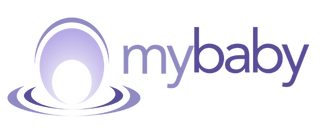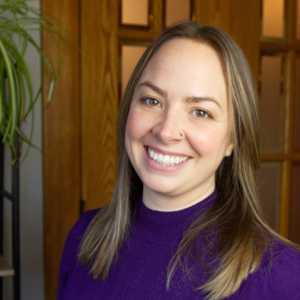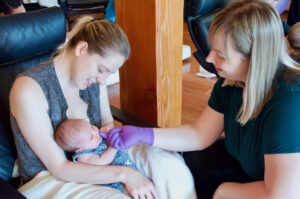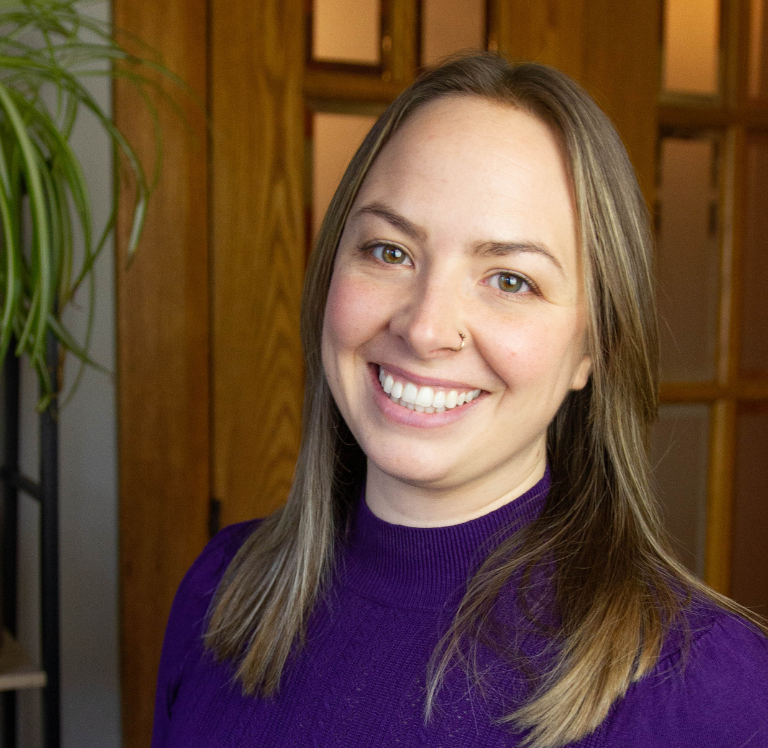Working with babies and their families is exciting and rewarding because of the lasting difference that we can make in their lives (and the fact that we get to look at their adorable chubby cheeks and big bright eyes is just a bonus!).
When dealing with infants at such a critically important time in their development, you want to be sure that you have the best tools at your disposal. Adding craniosacral therapy to your existing practice has benefits not only for the families that you help, but for yourself as well.
Here are three reasons to consider CST training:
1. CST pairs beautifully with a huge number of professional specialties.
Whether you’re a speech language pathologist, midwife, IBCLC, CLC, physical therapist, reflex specialist, massage therapist, or sleep specialist, craniosacral training will help you connect the dots and provide a richer and more holistic level of care for your clients. By using gentle touch, you can treat cranial pinching or misalignment and open up nerve pathways that help babies latch, feed, and even sleep better.
For example: as an IBCLC, craniosacral training can help you to move beyond the observation that a baby has a “tight jaw” and understand that what looks like a mouth issue is actually caused by tension in the baby’s cranial base — and effectively treat it. It allows you to take a full-person approach and assess the baby’s body to identify the problems that can lead to latching issues and nursing nightmares.
2. Adding CST to your services boosts the quality of care.
Craniosacral therapy is a simple, gentle, but powerfully effective tool for targeting misalignments and asymmetries that affect the neurological system. Using the lightest amount of pressure — only 5 grams! — you can release the body’s connective tissue and reduce tension throughout the entire body. It’s an especially helpful tool for birth professionals whose tiny patients may be dealing with the effects of a difficult delivery.
CST is ideal for identifying and treating the underlying problems behind common issues like colic, teething challenges, and feeding issues, and preventing the development of chronic issues like migraines and ear infections. It is a holistic and functional treatment approach that targets root causes, rather than just surface symptoms.
Bodywork not only has an immediate positive impact on a baby’s body, but building it into your services means that tired, stressed-out parents don’t need to worry about making additional appointments with other practitioners. You’ll be able to help their little one in a single visit — it’s a win/win for everyone involved!
3. There is always something new to learn when it comes to building on your CST knowledge and skill.
I consider myself a forever-learner. You can always find me reading a book or listening to a podcast — I love the dopamine hit that comes from learning new things! Even now, four years into my own professional journey, I still experience the excitement of learning during every single appointment with my clients. I feel like I’m always discovering and practicing new techniques.
I call CST the gateway to more… more knowledge. More understanding. More healing.
This month, I’m opening up registrations for my virtual Craniosacral Therapy Foundations course. If you’re interested in learning more about CST, adding it to your services, or even pivoting your career in a new direction, I encourage you to join us!






